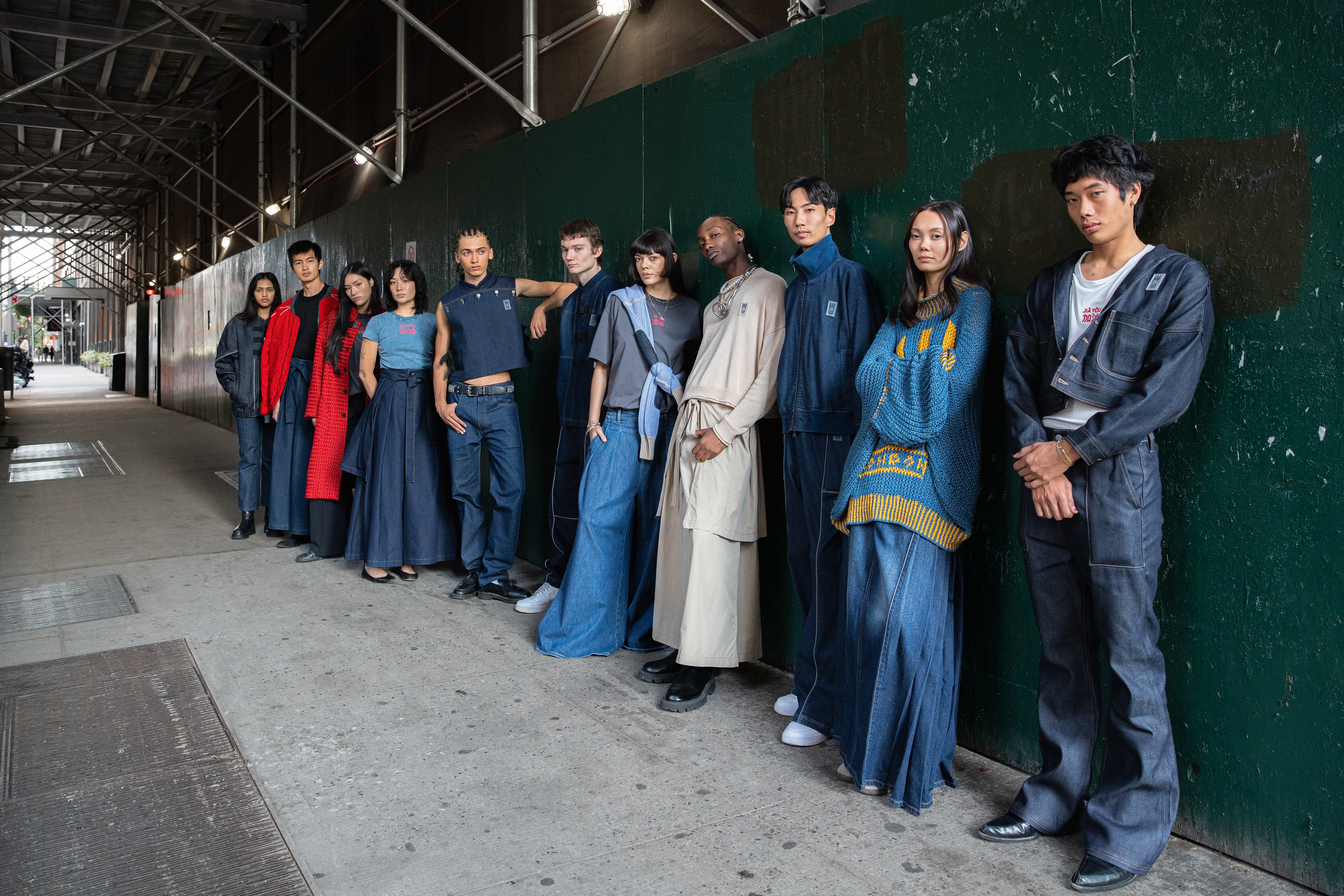Imagine acing the most prestigious exam in the land, only to have your dreams shattered because of your appearance. This isn’t a modern-day influencer drama; it’s the legendary origin of Zhong Kui, China’s fierce and undeniably stylish King of Ghosts. Often depicted with a leopard-like head, bulging eyes, a bushy black beard, and clad in striking red robes, Zhong Kui is far more than just a scary face—he’s a profound cultural icon whose story resonates across centuries.

This Taoist deity’s saga begins in the Tang Dynasty. A brilliant scholar, Zhong Kui achieved the highest honors in the imperial civil service exams. Yet, the emperor, repulsed by his intimidating visage, denied him his rightful title. Devastated by this ultimate injustice, Zhong Kui took his own life. But his story didn’t end there. Recognizing his pure heart and intellectual prowess, the Chinese Judge of Hell, Yanluo Wang, appointed him the divine role of King of Ghosts, commissioning him to hunt down and control all malevolent spirits in the underworld. From an unjustly rejected scholar, he transformed into the ultimate supernatural enforcer, commanding an army of 80,000 demons.

Zhong Kui’s enduring appeal lies in his potent blend of scholarly wisdom and raw, protective power—a cross-cultural archetype of justice defying prejudice. His image is ubiquitous during festivals like Chinese New Year and the Dragon Boat Festival, where families hang his portraits to ward off evil and illness, a testament to ancient beliefs seamlessly integrated into daily life. This isn’t just a quaint tradition; it’s a living symbol of protection, a subculture of spiritual guardianship that continues to thrive.
His legend has effortlessly crossed borders, finding a prominent place in Japan, where he is revered as Shoki, the guardian of hearth and home. In the realm of pop culture, Zhong Kui has proven remarkably adaptable. He has appeared on screens, from comedic depictions to martial arts epics, to his most recent appearance in the upcoming and highly anticipated sequel, Black Myth: Zhong Kui, where the scholar-turned-demon hunter takes place as the game’s protagonist (if you missed catching the epic trailer and update on the release, check it out here). It’s clear that his narrative consistently finds new life, proving that ancient myths can still captivate modern audiences with dramatic flair and powerful themes of righteousness.

Ultimately, Zhong Kui embodies the timeless human desire for a champion who stands against injustice and protects the innocent. He’s a reminder that true merit can overcome prejudice, and even the deepest personal tragedies can forge a purpose powerful enough to safeguard an entire world. So, next time you feel a chill down your spine, remember: somewhere, the King of Ghosts is on duty.

Cover image via Old World Gods.
















